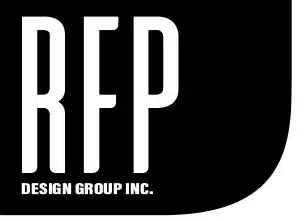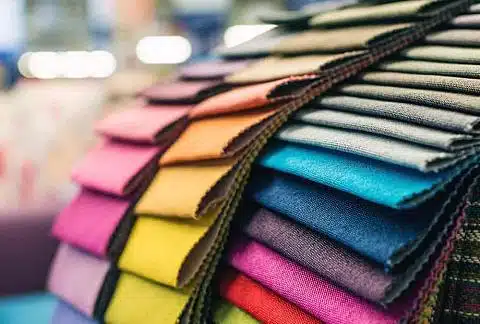Upholstery Fabric 101: Feeling overwhelmed by choice when it comes to the fabric type for a new piece of furniture? This breakdown is just the material you need.
Imagine this scenario: You need a new chair, banquette, or sofa – and can’t find the right piece in any retail option. So, you go through the process of finding a custom manufacturer, designing the perfect unit, choosing all the materials, and completing the fabrication process. It’s exactly what you imagined. But after a few days, weeks, or months of use – the fabric piles, or stains, or makes using the piece uncomfortable. Upholstery Fabric. That’s a disappointing result you can avoid by being careful about the type of fabric you use at the beginning of your design process.
But where do you start? Here’s a brief rundown of the basics of different fabric types commonly used for furniture upholstery.
- Chenille: Chenille is French for “caterpillar” – and you can tell the inspiration from the small lines of cut pile in this soft but durable fabric. Often used for kid’s furniture or pieces with heavier use in the home, this has a casual, comfy, homey effect. However, Chenille is quite stretchy so will require backing, and the fibers may attract dust, debris, and pet hair.
- Faux Suede: Mimicking the tufted, fuzzy effect of real suede, faux suede uses a surface abrasion treatment on a polyester multi-weave fabric – and the result is identical, cheaper, often stronger, and animal cruelty-free. It has a rich but casual look, is easy to clean, and is excellent for heavy-use items.
- Velvet: You don’t need us to tell you what velvet is – it’s synonymous with luxury, royalty, and comfort. Known for its dense cut pile and sheen, velvet is a trendy choice for its look and variable colour choice. On the downside, stains or spills on velvet should be tended to immediately, it typically runs expensive, and isn’t appropriate for all styles of furniture.
- Basketweave/Tweed: This is a dense woven fabric (also known as a Panama weave) that is perfect for pieces that have a sturdy, heavy look. The nature of the fabric makes hiding stains easy. And the interlaced threads of the fabric, making a checkered appearance, increase durability. Make sure to check your potential fabric’s double rub rating – the higher the rating, the lower the risk of piling and pulling.
- Faux Leather: Faux leather is a great choice to achieve the rich look of real leather, as well as its low-maintenance and durable qualities, making it a great choice for pieces with heavy use. But keep in mind that leather fabrics need specific care to avoid cracking, and they’re also stiffer than most fabrics, so are less comfortable until they are broken in and soften.
- Marine Vinyl: Also known as PVC, marine vinyl is perfect for pieces that will be exposed to the elements – it can withstand mildew and mold and can sometimes even be waterproof. Some types even replicate a leather look, including its cleanability and durability.
- Canvas: Yes, think of an artist’s tool. When cotton or linen threads are tightly woven into canvas, it’s ideal for prints and designs. But much like a masterpiece, canvas pieces need care – cotton canvas distorts with use, so think of canvas for accent pieces like pillows or decorative inserts.

